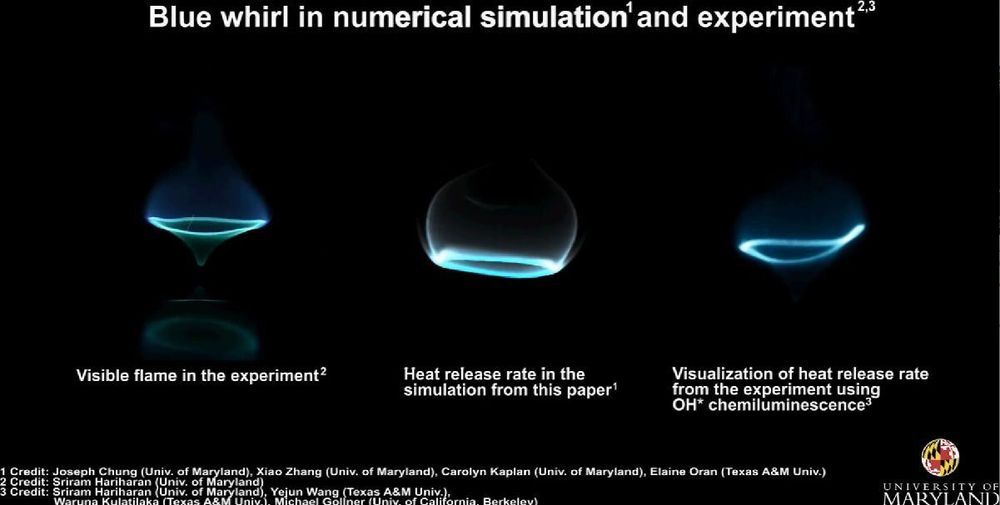Researchers have discovered how a protein in plant roots controls the uptake of minerals and water, a finding which could improve the tolerance of agricultural crops to climate change and reduce the need for chemical fertilizers.
The research, published in Current Biology, shows that members of the blue copper proteins family, the Uclacyanins are vital in the formation of Casparian strips. These strips are essential structures that control mineral nutrient and water use efficiencies by forming tight seals between cells in plants, blocking nutrients and water leaking between.
This is the first evidence showing the implications of this family in the biosynthesis of lignin, one of the most abundant organic polymers on earth. This study reveals that the molecular machinery required for Casparian strip lignin deposition is highly ordered by forming nano-domains which can have a huge impact on plant nutrition, a finding that could help in the development of crops that are efficient in taking in the nutrients they need.









